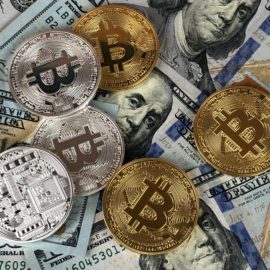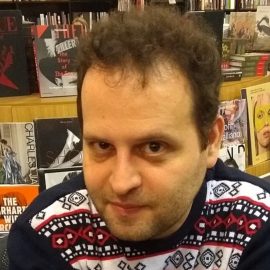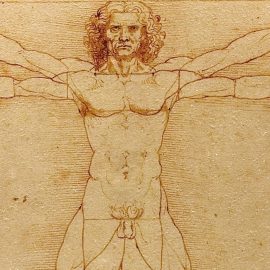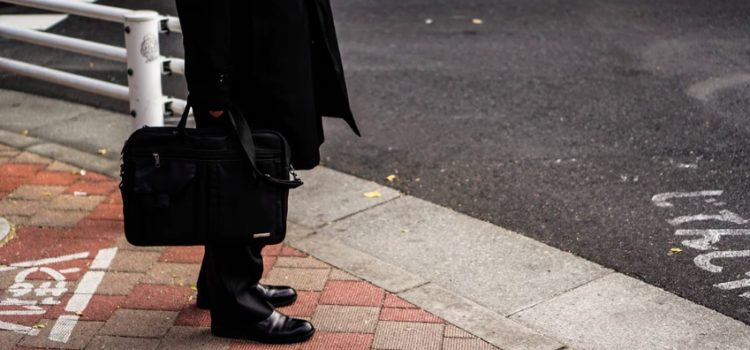
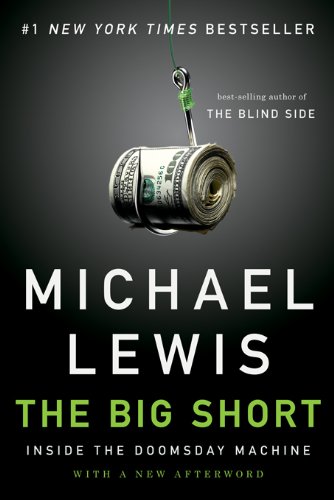
This article is an excerpt from the Shortform summary of "The Big Short" by Michael Lewis. Shortform has the world's best summaries of books you should be reading.
Like this article? Sign up for a free trial here .
Who is Howie Hubler, of The Big Short fame? Was he a villain of the 2008 financial crisis or just another big shot banker unfortunate enough to get caught?
Howie Hubler is the former Morgan Stanely bond trader infamous for his role in the second-largest trading loss in history.
We’ll cover how Howie Hubler tried to game the financial system and lost…badly.
Howie Hubler: Hoist by His Own Petard
In 2007 and 2008, the housing market was collapsing. What went up on Wall Street eventually had to come down. Investors who shorted the market were about to see their big-time bets pay off—although they didn’t know by whom they would ultimately be paid.
The big banks had made a catastrophic bet, often with upper management not even knowing what its bond trading desks were up to. The story of Howie Hubler, Morgan Stanley’s famed star bond trader, illustrates how the risk from subprime became so diffused throughout Wall Street’s balance sheets.
Howie Hubler was Morgan Stanley’s point person in the subprime mortgage bond game, as well as the manager of side bets through credit default swaps. Through Hubler’s desk, Morgan Stanley was effectively selling worthless triple-B mortgage bonds to investors (often German land banks and pension funds), then betting on those very same bonds to fail through the swaps. Howie Hubler’s team became a bank-within-a-bank: by April 2006, they alone were generating an estimated 20 percent of Morgan Stanley’s profits.
For the bank’s leadership, Hubler was the goose that laid the golden eggs. They didn’t understand how he did what he did, they only knew that it continued to make them rich. And they were always afraid that he’d leave to start his own fund. To keep him happy, Morgan Stanley set Howie Hubler up with his own proprietary trading desk (on his own private floor), where he would keep a chunk of the profits he generated.
Howie Hubler thought he had everyone outsmarted. He was selling mortgage-backed CDOs on the one hand, and credit default swaps against them on the other. Like our other investors, Hubler was also betting big on the housing markets to collapse. But he also had to fork over $200 million annually in premiums on the swaps until the defaults started. To solve this cash flow problem, he decided to sell some swaps on triple-A mortgage bonds, which would generate premiums to his group.
Of course, this effectively made him the owner of those bonds and he would be on the hook for the full loss when the crash came. Here, the inflated ratings on the bonds worked against him. Because the triple-A bonds he sold insurance on were rated higher (as opposed to the triple-Bs he’d bet against), the premiums they generated were lower. It cost less to insure what was seen as a safer asset. Thus, Howie Hubler needed to sell ten times the swaps he’d bought to even out the cash flows. He’d effectively gone long on the same subprime bonds that Burry, Eisman, Lippmann, and the Cornwall team had gone short on. The star bond trader had been fooled by the complexity of his own creation. And, as we know, the triple-A CDOs that Howie Hubler bet on were no safer than the triple-Bs he’d bet against. They were all composed of the same worthless mortgages: if one pool failed, all of them were likely to fail. By mid-2007, Howie Hubler had sold $4 billion in credit default swaps to Deutsche Bank alone, and $16 billion total.
The Crash Comes
By July 2007, the housing market was in freefall and Hubler’s $4 billion sale of swaps to Deutsche Bank now translated to a $1.2 billion loss. Deutsche Bank’s Greg Lippmann himself had the pleasure of calling Morgan Stanley to let them know just how much they owed ($47 million would ultimately go to him personally). Refusing to accept that the CDOs had declined that much in value, Morgan Stanley agreed to send $600 million to Deutsche Bank, while Howie Hubler stubbornly maintained his position in the trade.
But Hubler was, by this time, playing a losing hand. He should have folded when he had the chance. When Morgan Stanley finally admitted defeat and exited the trade, they had lost a net $9 billion, the second-largest trading loss in Wall Street history. By the end of 2007, the bank lost over $37 billion through the subprime mortgage bond and related derivatives market. In an infamous conference call with shareholders, Morgan Stanley CEO John Mack revealed that he had zero understanding of what his bond department had been up to. The game had grown too complex for even the titans of Wall Street themselves to understand. Total losses on U.S. subprime-related assets would eventually top $1 trillion.
———End of Preview———

Like what you just read? Read the rest of the world's best summary of "The Big Short" at Shortform . Learn the book's critical concepts in 20 minutes or less .
Here's what you'll find in our full The Big Short summary :
- How the world's biggest banks contributed to the 2008 financial crisis, greedily and stupidly
- How a group of contrarian traders foresaw the bubble popping, and made millions from their bets
- What we learned from the 2008 crisis - if anything


